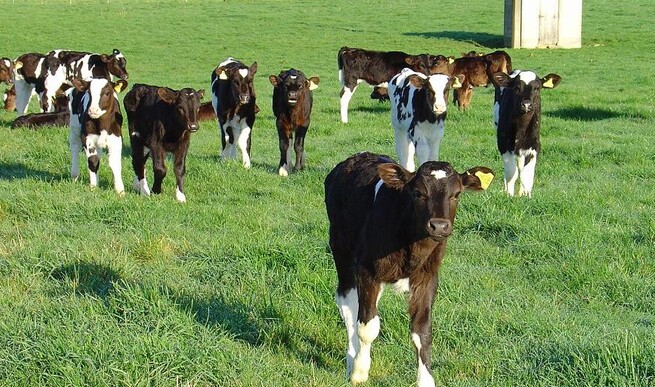With the temperatures rising, parasites will be increasing in numbers too.
Internal parasites (also known as worms) live in the gut and in high numbers can cause significant disease and subsequent production losses, especially in young stock. Animals get worms from eating larvae on pasture which develop into adult worms in the gut. These worms then shed eggs in the animal’s faeces, hatch into larvae and so the cycle continues increasing their numbers.
As the weather warms up the larval challenge on the pasture increases, simultaneously the calves are being weaned and are increasingly susceptible to these worms. The most common signs seen are failure to thrive and scouring.
Some useful reminders when drenching:
- While all your animals are in the yards, ensure your vaccinations, and subsequent booster vaccinations are all up to date. Most animals would have received their first injection of either Ultravac 7in1 or Covexin10. Ultravac 7in1 covers clostridial diseases and Leptospirosis, whereas calves vaccinated with Covexin10 will need an additional Leptospirosis vaccination. Most boosters are due in December.
- Keep your drenching gun clean and ensure it is delivering the right dose to your calves.
- Do not drench whilst the calves are feeding, or mix it into their milk. Not only will this not work, it may also cause toxicity and even death in your young stock.
- Drenching regularly (28 day intervals) through summer/autumn.
- Chelsea Fowler

